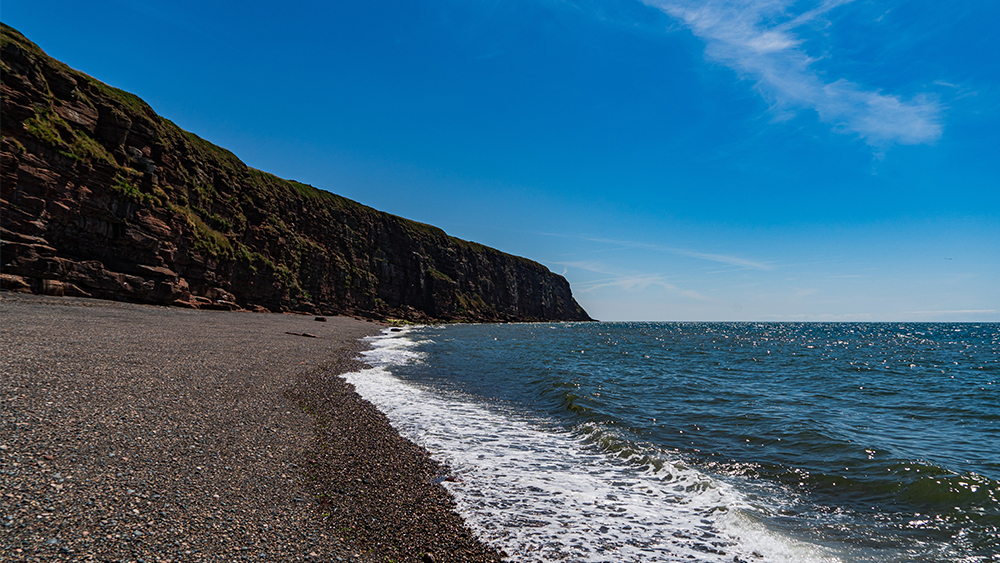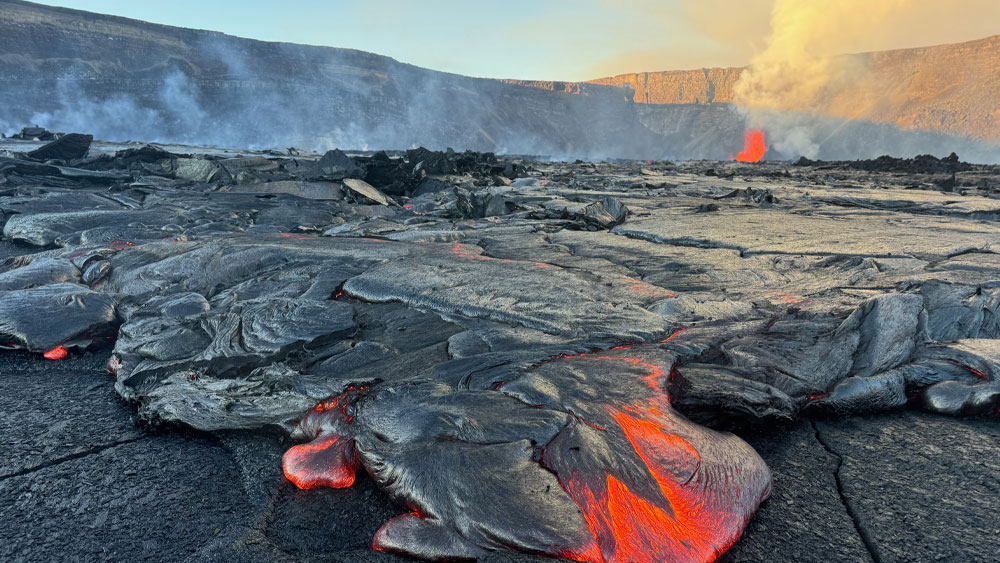
Rhino Fossil Requires the "Impossible" from Conventional Science
A recent study published in Nature Ecology & Evolution claims that the “impossible” actually happened—not just once, but three different times.1
Impossible Ocean Barriers

Flood Tsunamis Transported Trees and Amber
A recent study published in Scientific Reports found strange globs of tree resin (amber) mixed within claimed ancient (Cretaceous) deep-water sediments on Hokkaido Island in northern Japan.1 This is the first reported instance of amber in what’s interpreted as a deep ocean setting.

Sedimentary Rock Does Form Fast!
A recent study published in Geology found that sedimentary rock can form in as little as 35 years.1,2 Before this, conventional geologists thought these types of rocks took vast amounts of time to erode, consolidate, and lithify. What they discovered along the coast of Scotland caused them to quickly change their minds.




